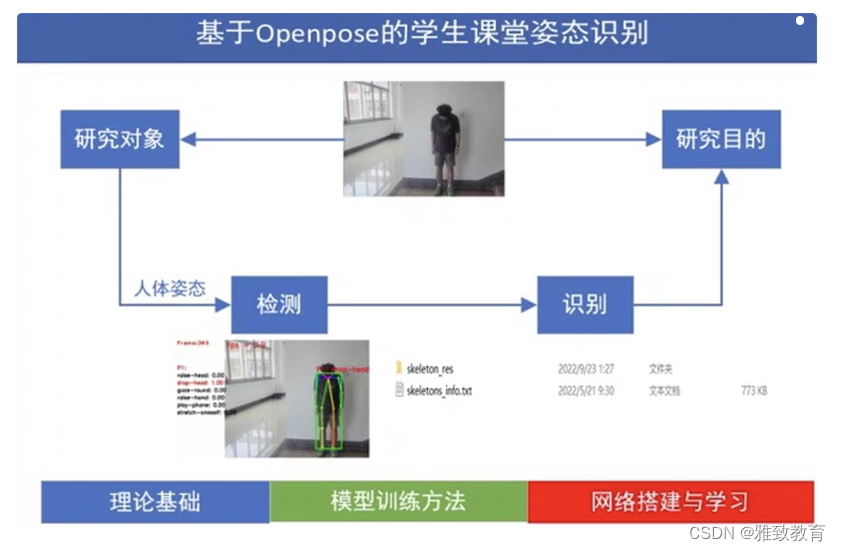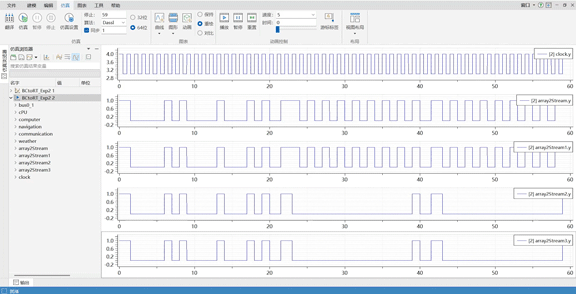一 k-eage基本概念
1 k-edge概念
K-edge称为K边, 其物理意义是高原子序数物质原子内部K层自由电子, 易与特定能量下X射线光子发生光电吸收作用, 导致对该能量的X射线光子吸收特别大。 而K-edge特性表现为X射线与物质发生相互作用时, 其衰减系数随着能量的增加而逐渐减小, 但在特定能量下X射线衰减系数会陡然增加。 不同材料其原子结构不同, 相应的K-edge特性表现也不同。 因此, 利用X射线能谱信息可以分析材料K-edge特性, 有助于判别被检物体的物理性质。
常规X-CT(X-ray computed tomography)系统, 其探测器采用的是X射线能量积分探测方式, 反映的是X射线平均衰减特性, 很难识别材料K-edge特性。 双能CT系统, 其探测器依然采用能量积分探测方式, 无法区分不同能量的X射线光子, 所提供的X射线能谱信息十分有限。
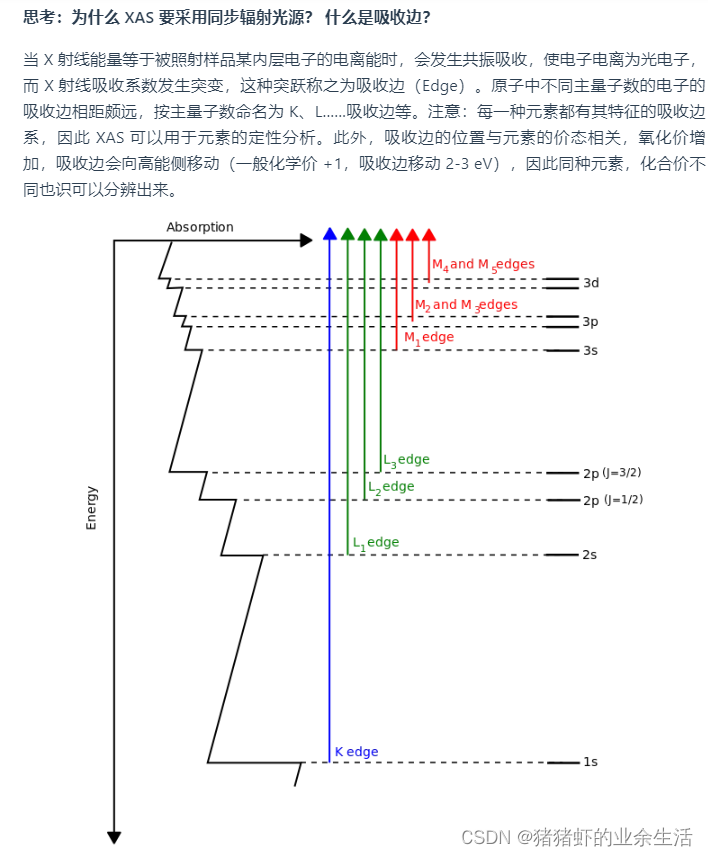
2 光谱的形成:轫致辐射,特征谱线之间的关系
轫致辐射(bremsstrahlung):高速电子骤然减速产生的辐射。泛指带电粒子在碰撞(尤指它们之间的库仑散射)过程中发出的辐射。例如一个高能电子与一个原子核相碰撞时就产生这种辐射。轫致辐射的X射线谱往往是连续谱,这是由于在作为靶子的原子核电磁场作用下,带电粒子的速度是连续变化的。
总共三种相互作用是我们关心的
(a)电子靠经原子核并经历辐射损失,正电荷的原子核和负电荷的电子相互作用,部分高能电子核围绕原子核发生偏转。电子突然减速引起了轫致辐射。辐射的能量取决于相互作用过程中放出的入射动量。如果高能电子刚好擦过原子的库伦场,产生的X射线的能量就较低,随着相互作用程度增强产生的x能量也增大。这类辐射是形成连续光谱的原因,覆盖了光谱的整个能量范围。靶原子序数的这个价,轫致辐射产生的效率迅速增加。
(b)第二类相互作用是高速电子和靶原子内层电子碰撞时发生的,释放出内层电子,产生空穴,邻近的层级电子跃迁填补该空穴,跃迁过程中损失的能量转换成特征辐射。特征X射线的能量是两个壳层的结合能之差,元素周期表中,每个元素都有唯一的壳层结合能,因此对每个原子,特征X射线的能量是唯一的。
(c)第三类相互作用,电子直接和原子核碰撞,他的全部能量以轫致辐射形式出现。这类相互作用产生的X射线能量表示X射线谱的能量上限。120kv的电压下,产生的最高能量的光子是120kev。这类碰撞的概率很低,在谱中接近0幅度.
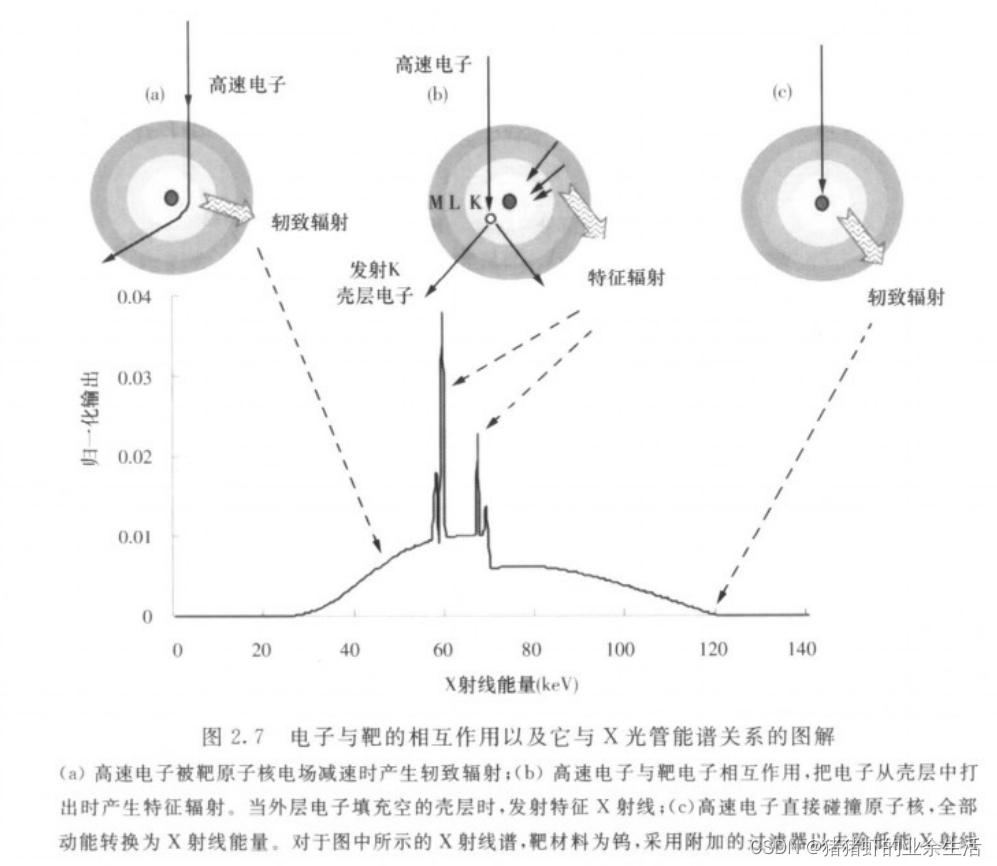
3 X射线与物质的相互作用
光电效应,康普顿效应,相干散射
(1)光电效应
X光子能量大于电子结合能时,入射光子将其全部能量给壳层电子,入射光子消失,打出的电子称为光电子。由于壳层电子的离开,产生了空穴,这个空穴将会被外层的壳层电子填充,跃迁的过程会释放能量,因为外层电子的能量要高于内层电子,所释放的能量就是一次特征辐射产生。这个过程,,原子变成了一个电中性,产生了一个光电子,以及特征辐射
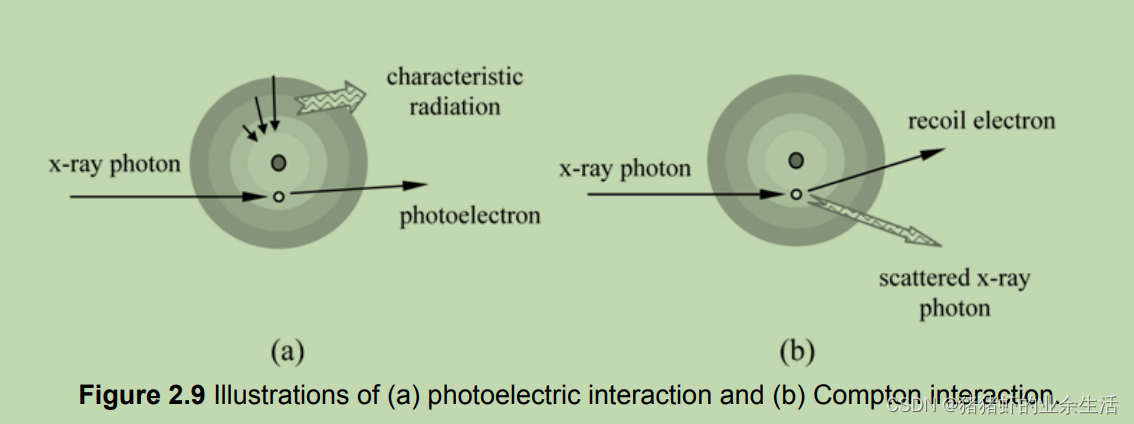
(2)康普顿效应
入射光子的能量显著高于电子结合能。入射X光子撞击一个电子之后,将电子从原子中打出,入射光子受到偏转或者是散射,失去部分的能量。一次康普顿产生一个正离子(原子失去电子导致原子带电),一个反冲电子以及一个散射光子。散射光子可能以0-180°的任何角度偏转,低能量光子反散射占优势,也就是偏转角度大于90,高能光子前向散射的概率更高,也就是偏转角度小于90,。由于很宽的偏转角度,散射光子基本上不提供相互作用的位置和光子的路径信息。该反应只有很小一部分光子的能量被吸收,且康普顿的作用概率取决于材料的电子密度,不是原子序数,因为和原子序数关系不大,所以几乎不能提供不同组织之间的对比信息。
(3)瑞利散射,又称为相干散射
不发生能量转换,没有电离。瑞利散射中,散射角度通常是各向同性的,这意味着光以相同的强度散射到所有方向。
4 K-edge和特征谱线之间的联系
“K-edge” 和 “特征X射线” 是与X射线相互作用以及X射线吸收光谱中的两个相关概念。它们在X射线光谱学中起到关键作用,但表示的是不同的现象。
在K-edge能量点以上,对物质的衰减速度突然加大,描述的是物质对光的衰减能力的增大。
(1)K-edge(K边缘):
K-edge(K边缘) 是X射线吸收光谱中的一个特定能量点。这个点与原子核的K壳层(内壳层)电子有关。当入射X射线的能量等于或略高于K壳层电子的束缚能量时,会发生K-edge吸收。
当X射线能量达到K-edge时,K壳层电子将被弹出,产生所谓的“内壳层跃迁”。这会在能谱中产生一个锐利的吸收峰,这个峰在光谱图上通常以Kα和Kβ线表示,分别对应于K壳层电子跃迁到L壳层(或M壳层)。
K-edge是一个特定的X射线能量值,它与原子的种类和原子核的电荷数有关,因此它是每个元素都有的特定能量点。
(2)特征X射线:
特征X射线 是X射线光谱中由电子跃迁产生的X射线线条。这些线条与原子的外壳层电子的能级有关。
特征X射线通常包括Kα、Kβ、Lα、Lβ等线条,其中Kα和Kβ是与K壳层电子的跃迁相关的线条,而Lα和Lβ是与L壳层电子的跃迁相关的线条。这些线条的能量和强度与原子种类以及电子分布有关。
(3)联系:
K-edge 和特征X射线之间的联系在于它们都涉及X射线与原子相互作用的过程。具体来说:
K-edge 是X射线吸收光谱中的一个特定点,表示K壳层电子的能量。在K-edge附近,特征X射线Kα和Kβ线会出现,这些线条与K壳层电子的跃迁相关。
特征X射线则包括了所有外壳层电子的跃迁,包括K壳层、L壳层、M壳层等。这些特征X射线线条的能量和强度取决于外壳层电子的跃迁。
K-edge是一个特定的能量点,而特征X射线是与不同壳层电子跃迁相关的X射线线条。
5 逃逸粒子
6 相关理解文献
J. M. Boone, in Handbook of Medical Imaging: Physics and Psychophysics, edited by J. Beutel, H. L. Kundel and R. L. Van Metter (SPIE, Bellingham, WA, 2000), Vol. 1, pp. 67–77.

在K-edge能量点以上,对物质的衰减速度突然加大,描述的是物质对光的衰减能力的增大。所以加了Mo材料之后,在Mo的k-edge能量以上的光子被大幅度衰减。



二 积分探测器的结构及工作原理
Scintillator 是一个更广泛的术语,用于指代将辐射能量转化为可见光或其他电子激发的材料,而 GOS 是 Scintillator 中的一个具体种类,用于特定的X射线成像应用。 GOS 是 Scintillator 的一个子集。
总结来说,GOS等材料,X射线入射的时候,会在探测器里面产生能量沉积,探测器晶体的材料原子会处于一个激发态,在回到平衡态过程中,会释放处低能的可见光光子。这些可以被引导到光电倍增管的光电阴极,由于光电效应,每个到达的光子最多发射一个电子。这组初级电子被静电加速并被电势聚焦,因此它们击中了管的第一个节点。
(1)inoization detector(gaps inoization chamber)
https://www.youtube.com/watch?v=-8wc9P74pCg
septa:间隔
electrodes:电极
气体探测器的气压很强,这样可以增加x射线和气体的反应概率。会发生电离反应,或者打出气体中的电子。探测器里面会加电场,那么电就会向阳极移动,就能够读出数据。

(2)scintillator detector闪烁体探测器
a
x射线进入闪烁体,会和闪烁体发生反应,产生visible photons。photodiode将可见光转换成电信号
photodiode:光电二极管
optical photons:
CT扫描过程中,X射线管产生X射线束,这些X射线通过患者的身体组织,并根据组织的密度和吸收特性而被部分吸收。当X射线与物质相互作用时,会产生散射和吸收,其中一部分能量以光子的形式被吸收。这些吸收的光子通常被称为 “optical photons”,它们可以被CT检测器捕获并用于生成影像。
CT检测器测量和记录这些被吸收的光子,然后计算和重建成像,以呈现身体内部的详细结构。光子在CT扫描中的吸收和检测是生成CT图像的关键部分。因此,“optical photons” 在这个背景下指的是与CT扫描成像过程中的光子有关的光子。

b

c
https://www.youtube.com/watch?v=DNnzHQ5p0nc
photoelectron 光电子
scintillator 闪烁体
photocathode 光电阴极
photomultiplier 光电倍增管
photodiode 光电二极管
scintillator detector材料可以是气体,液体或者是固体
scintillator 里检测到的可见光不是光电效应产生的光电子,光电子其能量通常较高,而且位于紫外光谱或更高频段,因此它们不是可见光。
Scintillator 是一种用于将高能射线(如X射线或γ射线)能量转化为可见光的材料。当高能射线穿过 scintillator 时,它与 scintillator 中的原子或分子相互作用,导致电子激发并获得额外的能量。这些激发的电子会在 scintillator 中经历能级跃迁,释放出能量以形成可见光光子。这些可见光光子是 scintillator 内部能量转换的产物,它们的能量通常位于可见光谱范围内,因此可以被肉眼或光电探测器看到
scintillator material s absorb incident gamma radiation by one of there machaninsms. As the kinetic energy of the reaction electrons is deposited in the material,it raises the material electrons to escited states. during the subsequent de-excitation, the scitillator usually emits a photo in the visible light. The light emitted form the scintillator is guided to a photomultiplier tube, where it interacts with a photocathode, releasing electrons.

d https://en.wikipedia.org/wiki/Scintillation_counter
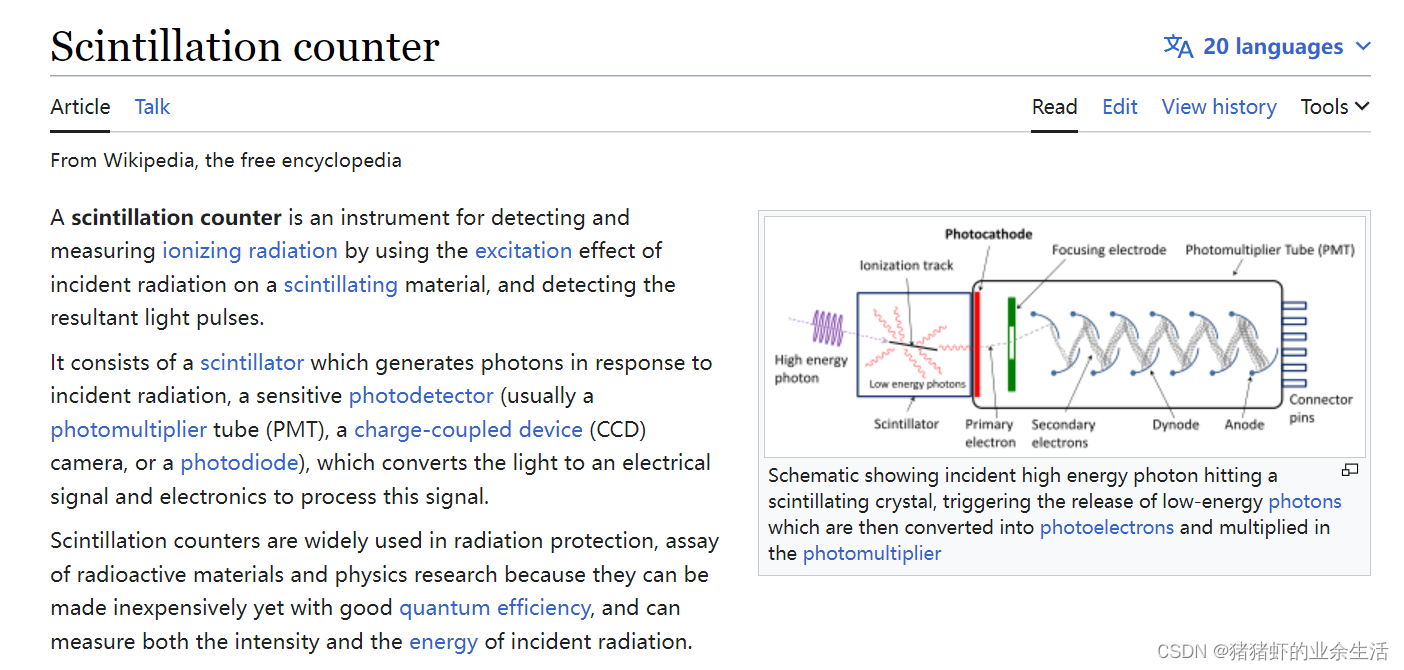
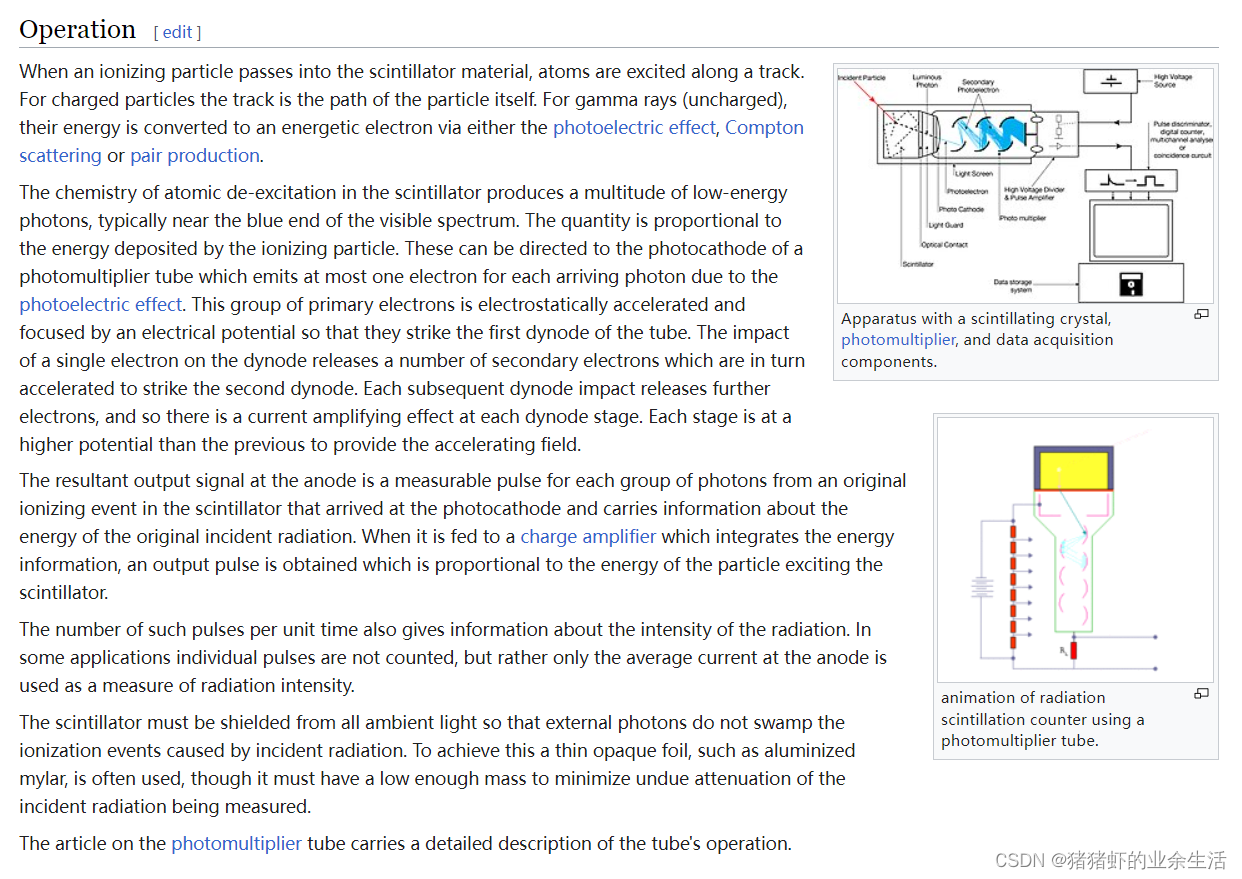
e文献 Basic principles and clinical potential of photon‑counting detector CT
(aa)能量积分探测器
探测器吸收的x射线被探测器晶体转换成可见光,可见光被光电二极管转换成电信号。
可见光的强度和正比于探测器沉积的能量。积分探测器没有能量区分能力,是积分求和的结果,低能量的光子对信号的贡献小于高能量的光子,因为低能量的光子产生的可见光更少。但是低能量的光子对图像的对比度影响更大,所以能量积分探测器会降低图像的信噪比。碘在传统CT中难以区分,因为其K-edge是33kev,只有33kev以上的信号才会发生光电效应,低能的光子检测到非常少,所以对比度不行。
探测器之间的隔板是防串扰的。这些挡板降低了探测器的探测效应,因为沉积在这里面的信号是没有包含在投影数据里的。
All medical CT systems today are equipped with solid-state scintillation detectors. In a two-step detection process, the absorbed X-rays are frst converted into visible light in the scintillation crystal [e.g., gadolinium oxide or gadolinium oxysulfde (GOS)]. The light is then converted into an electricalcurrent by a photodiode attached to the backside of each detector cell, see Fig. 1. The intensity of the scintillation light is proportional to the energy E of the absorbed X-ray photon, and so is the amplitude of the current pulse induced in the photodiode. All current pulses produced during the time of one reading (projection) are integrated and read-out as the detector signal of the projection. Solid-state detectors do not provide energy-resolved signals. Because of their detection principle, they are also called “energyintegrating detectors”. X-ray photons with lower energy E contribute less to the detector signal than X-ray photons with higher energy, because they produce less scintillation light. This energy weighting degrades the contrast-to-noise ratio (CNR) in the CT images, because the lower energy X-ray photons carry most of the low contrast information. Most of the iodine signal in contrast-enhanced CT scans is generated by absorption of X-ray photons directly above the K-edge of iodine at 33 keV. These low-energy photons are downweighted in the detector signal, and the iodine contrast in the image is reduced.The low-level analog electric signal of the photodiodes is susceptible to electronic noise which sets an ultimate limit to potential further radiation dose reduction. Optically intransparent separation layers must be introduced between the individual detector cells to prevent optical crosstalk. They have a width of about 0.1 mm and reduce the geometric dose efciency of the detector: X-ray photons absorbed in the separation layers do not contribute to the measured signal, even though they have passed through the patient—from a radiation dose perspective, they are wasted dose. Today’s CT detectors have detector cells with a size of about 1 × 1 mm2 and a geometric dose efciency of about 80–90%. Quartering the size of a detector element to about 0.5 × 0.5 mm2 to double the spatial resolution will reduce the geometric efciency if the width of the separation layers is kept constant—therefore,it is at least problematic to signifcantly increase the spatial resolution of solid-state scintillation detectors beyond today’s performance levels.

(bb)光子计数探测器
fluorescence 荧光
探测器上下加电压,空穴对里面的电子会向下移动,产生短电流脉冲,电流被转换成电压,这个值和探测器吸收的x光子能量成正比。
相比积分探测器的优点:
探测器之间不需要加挡板,探测器单元是通电场来区分的。增加了探测器的探测效率
每一个探测器单元还可以细分成多个子探测器,提高分辨率
每种能量的粒子在探测器里面的贡献是一样的,图像的对比度增强。
光子计数探测器的缺点:
脉冲信号的叠加,一个还没有读完,另一个就进来了。
探测器信号和pluse height 理想情况下是线性关系,但是事实上,可能会先上升后下降,这种情况下,一个y值就可能对应两个x值。
charge shareing:一个电信号,可能会被多个探测器检测到
Photon-counting detectors are made of semiconductors such as cadmium telluride (CdTe) or cadmium zinc telluride (CZT). In a direct conversion process, the absorbed X-rays create electron–hole pairs in the semiconductor. The charges are separated in a strong electric feld between cathode(阴极) on top and pixelated anode electrodes at the bottom of the detector, see Fig. 2. The electrons drift to the anodes and induce short current pulses which last a few nanoseconds (10−9 s). In a pulse-shaping circuit, the current pulses are transformed into voltage pulses with a full width at half maximum (FWHM) of 10–15 ns; the amount of charge in the current pulses is translated into the pulse height of the voltage pulses. The pulse height is, therefore, proportional to the energy E of the absorbed X-ray photons. The pulses are then individually counted as soon as they exceed a threshold, see Fig. 3.
Compared to solid-state scintillation detectors, photoncounting detectors have several advantages. The individual detector cells are defned by the strong electric feld between common cathode and pixelated anodes (Fig. 2), and there is no need for additional separation layers. The geometrical dose efciency is, therefore, better than that of scintillation detectors and only reduced by the unavoidable anti-scatter collimator blades or grids. Furthermore, each “macro” detector pixel confned by collimator blades may be divided into smaller detector sub-pixels which are read-out separately to signifcantly increase spatial resolution (see Fig. 2b).

三 k-escape
俄歇效应(Auger effect)和光电效应的关系
指的是伴随原子内部较低能阶电子层的一个空位被填补而发射电子的效应。
When a K-shell vacancy is filled by an electron coming from the outer shells, a K X-ray or an Auger electron is emitted。
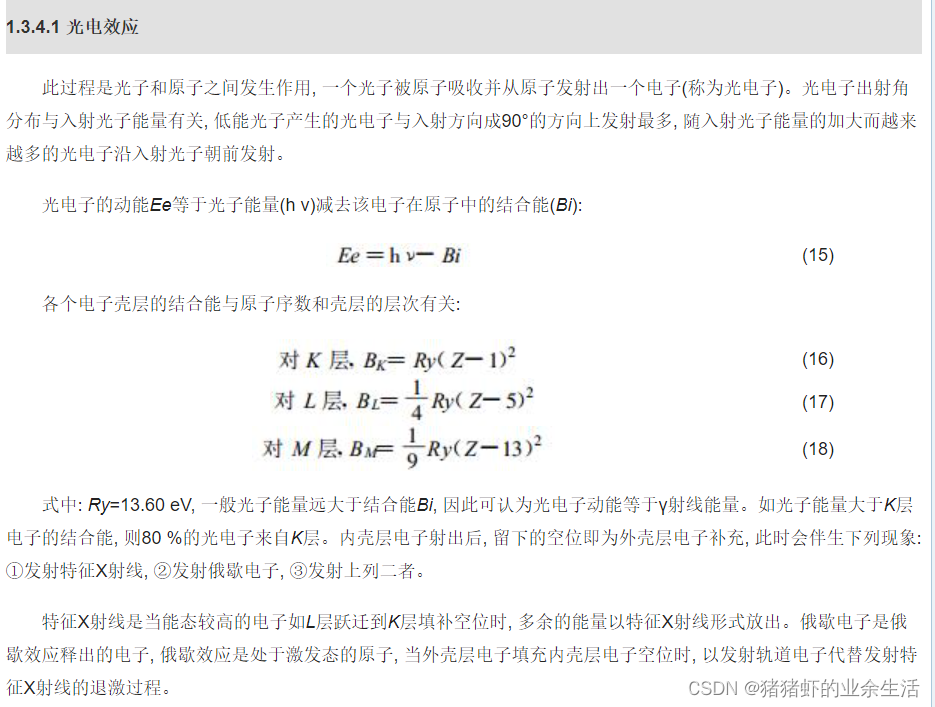
1 Evaluation of K X-Ray Escape and Crosstalk in CdTe Detectors and Multi-Channel Detectors
(▲CdTe E-escape ohtsuchi1995 Evaluation of K X-Ray Escape and Crosstalk in CdTe Detectors and Multi-Channel Detectors)
比较不同厚度探测器的k-escape和串扰的情况,但是没有给数据仿真的几何设置。光源到探测器的距离是40cm,平板探测器。
只关注光电效应,给了判定k-escape和串扰的条件

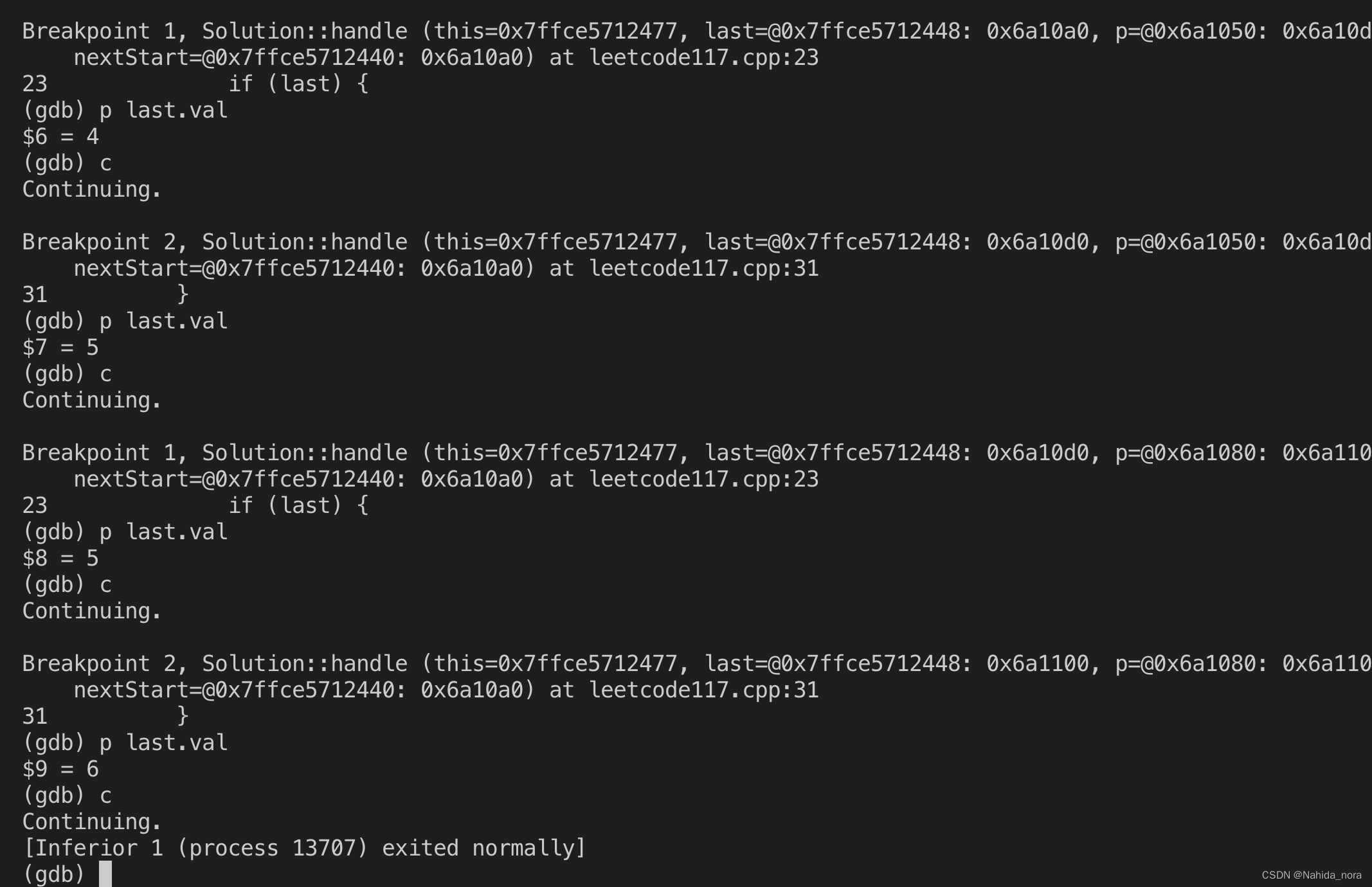
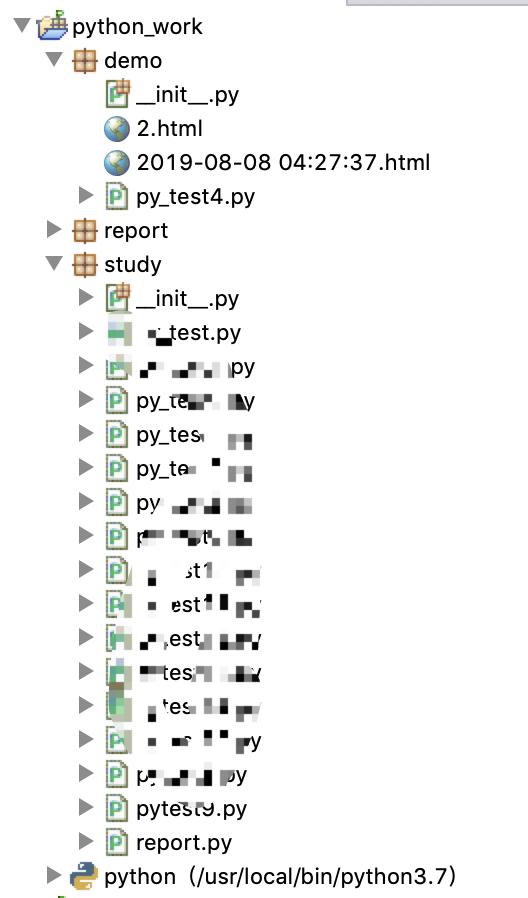


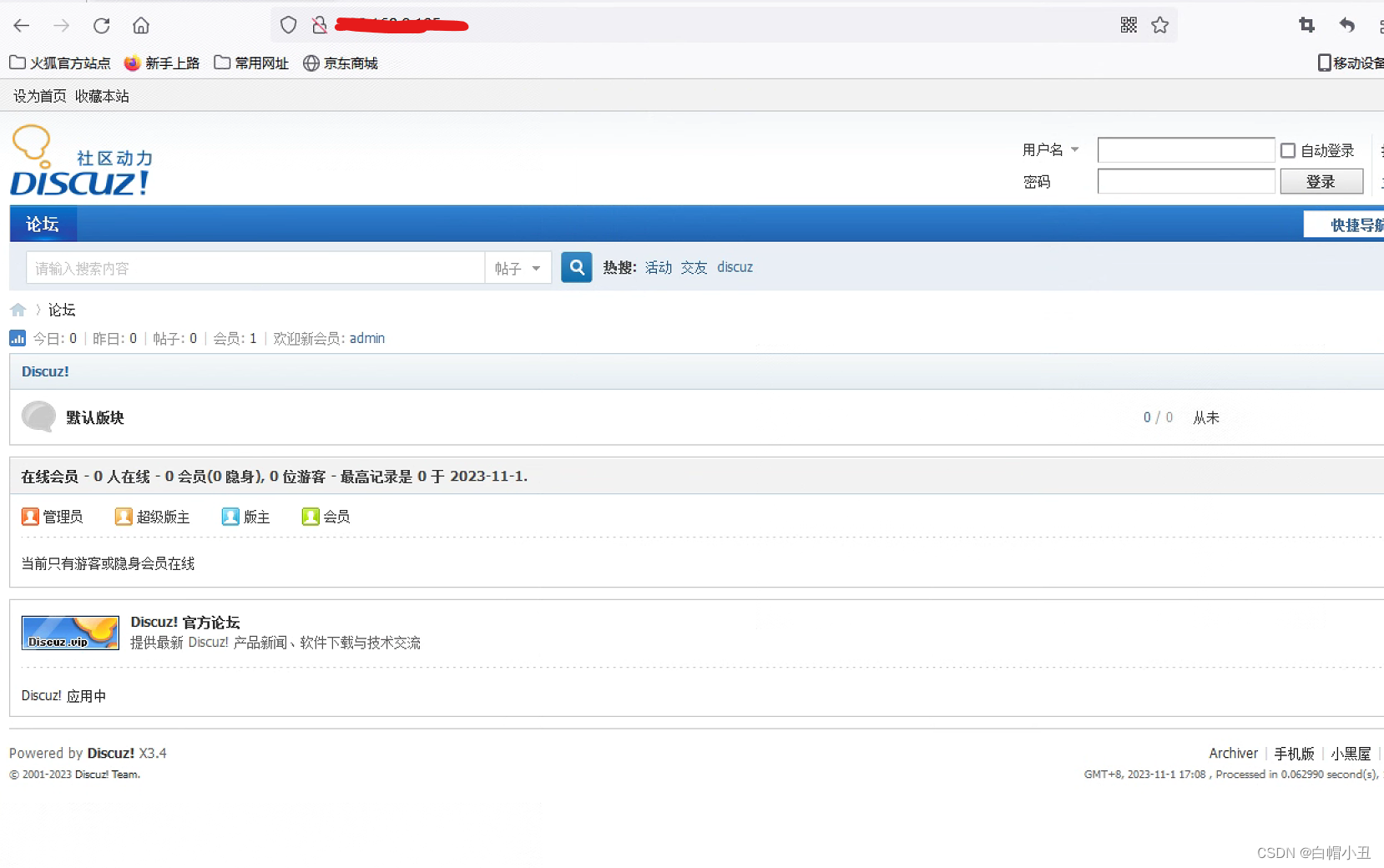

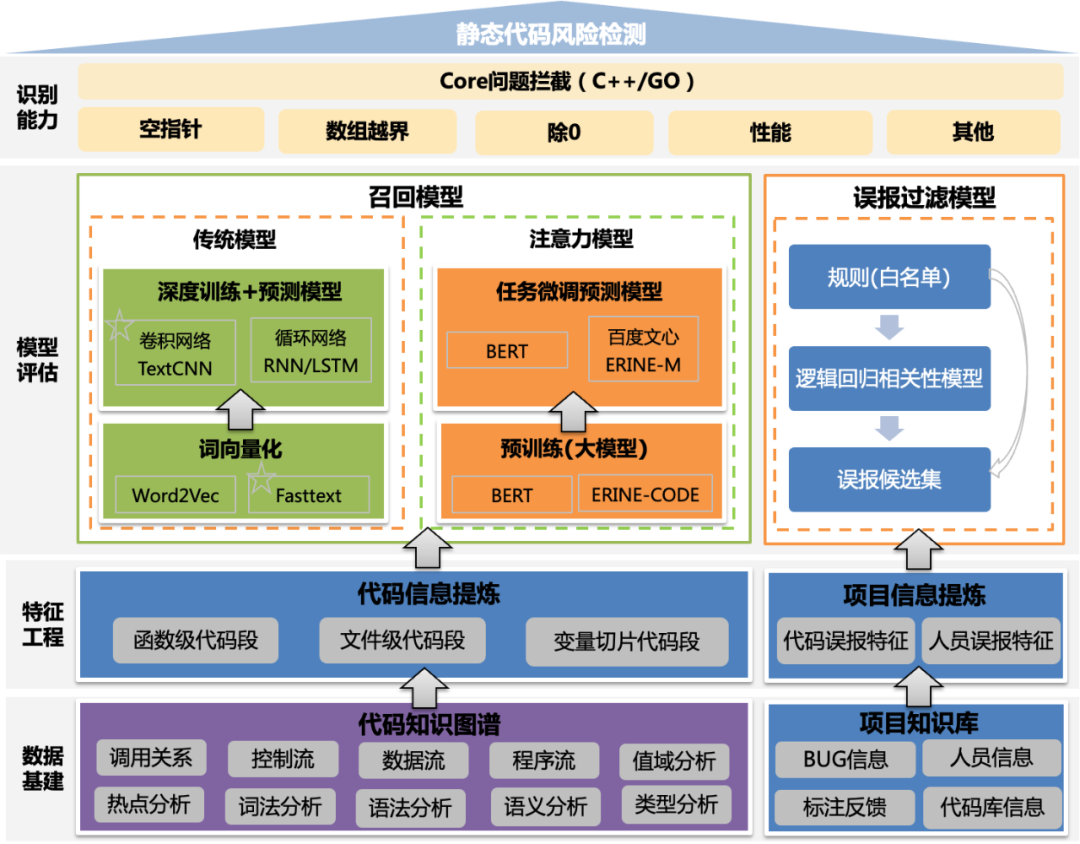
![【python基础】python切片—如何理解[-1:],[:-1],[::-1]的用法](https://img-blog.csdnimg.cn/ebbdf6cc99254ecdbc5d7843e4fbf1a0.png#pic_center)



